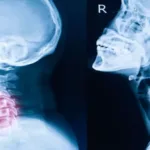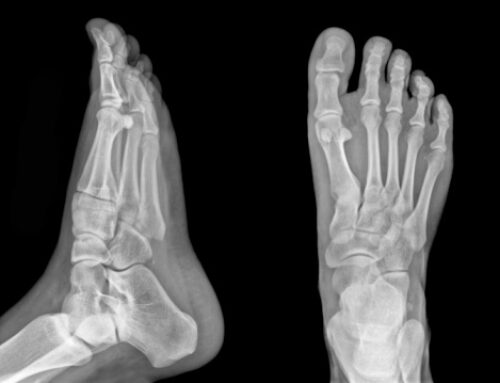A neck X-ray is a diagnostic imaging test that uses low levels of radiation to produce images of the bones and soft tissues in the neck. It is a non-invasive and painless procedure that is typically performed in a hospital or medical imaging center.
Uses of Neck X-Ray:
To diagnose neck injuries: A neck X-ray is often used to diagnose injuries to the bones in the neck, such as fractures or dislocations. This can help doctors determine the severity of the injury and develop an appropriate treatment plan.
- To diagnose arthritis: Neck X-rays can also be used to diagnose arthritis in the neck, which can cause pain and stiffness in the neck and shoulders. X-rays can show the extent of the damage and help doctors develop a treatment plan.
- To evaluate swallowing difficulties: It may be used to evaluate difficulties with swallowing, which can be caused by a variety of conditions such as tumors, inflammation, or nerve damage.
- To evaluate breathing difficulties: It can be used to evaluate breathing difficulties caused by conditions such as pneumonia or a collapsed lung.

Preparing for a Neck X-Ray:
There is no specific preparation required for it. However, you may be asked to remove any jewelry or metal objects from your neck area before the procedure.
During the Procedure:
During a neck X-ray, you will be asked to stand or sit in front of the machine.. The entire procedure typically takes only a few minutes.
After the Procedure:
There is no recovery time needed after it, and you can resume normal activities immediately. The images produced by the X-ray will be interpreted by a radiologist, who will send a report to your doctor.
Risks:
Like any medical procedure involving radiation, there is a small risk of radiation exposure during a neck X-ray. However, the amount of radiation used in a typical X-ray is considered safe for most people. Pregnant women should inform their doctor before having an X-ray, as radiation can potentially harm the developing fetus.
In conclusion, it is a common diagnostic test used to evaluate neck injuries, arthritis, swallowing and breathing difficulties. It is a safe and non-invasive procedure that produces clear images of the neck bones and soft tissues. If your doctor recommends a neck X-ray, don’t hesitate to ask any questions or voice any concerns you may have. The benefits of an accurate diagnosis and appropriate treatment plan far outweigh the potential risks associated with the procedure.
Why would someone need a neck X-ray?

A neck X-ray may be ordered if someone has experienced a neck injury, such as a fracture or dislocation, or if they are experiencing neck pain or stiffness. It may also be used to diagnose arthritis in the neck, evaluate swallowing or breathing difficulties, or to monitor the progress of treatment for a neck-related condition.





